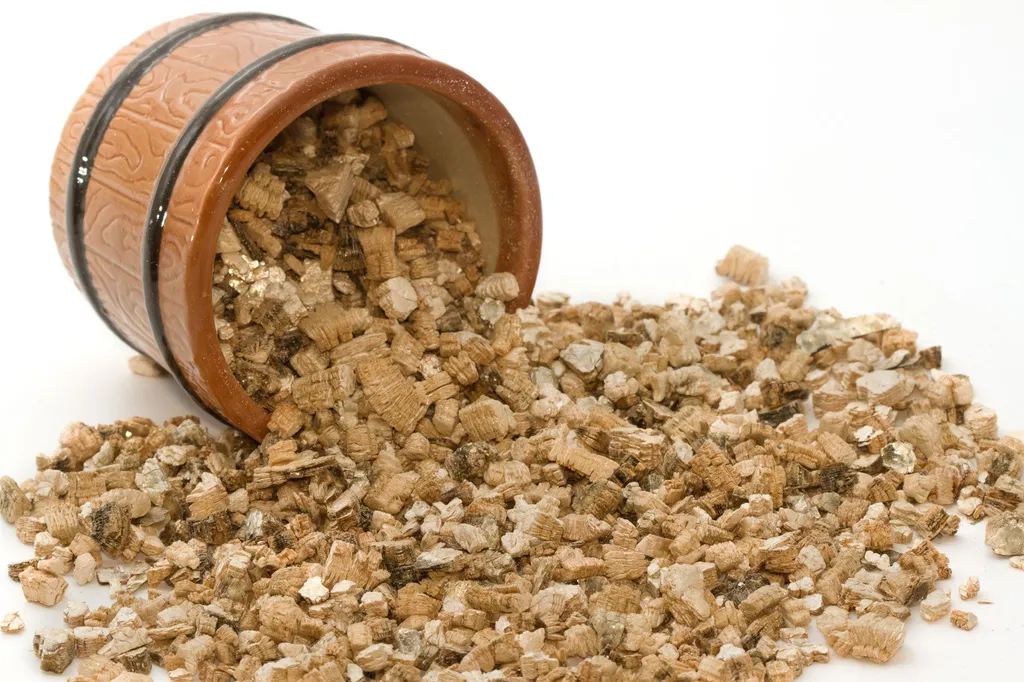Nov . 24, 2024 23:57 Back to list
Adsorbent Material Production and Supply by Leading Manufacturers in the Industry
The Role of Adsorbent Material Manufacturers in Environmental Sustainability
In an era marked by increasing environmental concerns and strict regulatory frameworks, the role of adsorbent material manufacturers has become pivotal. These manufacturers produce materials that play a crucial role in air and water purification processes, waste management, and the recovery of valuable resources. As industries seek efficient and eco-friendly solutions, the demand for high-quality adsorbents has surged, making it an essential segment in the materials science industry.
Understanding Adsorbent Materials
Adsorbent materials are substances that adhere to molecules of gases, liquids, or dissolved solids. This process, known as adsorption, differs from absorption, which involves the entirety of the material absorbing a substance. Common adsorbents include activated carbon, silica gel, zeolites, and more specialized materials like metal-organic frameworks (MOFs). Each of these materials has unique properties that make them suitable for specific applications, such as removing pollutants from wastewater, filtering out toxic gases, or capturing carbon dioxide to mitigate climate change.
The Manufacturing Process
The production of adsorbent materials demands a rigorous and sophisticated manufacturing process. For instance, producing activated carbon involves the carbonization of organic materials, followed by activation using steam or chemical agents to enhance its surface area and porosity. Silica gel, on the other hand, is created from sodium silicate through a process that involves gel formation, drying, and grinding. The complexity of these processes ensures that manufacturers must maintain high standards of quality control to deliver effective and reliable products.
Innovations in Adsorbent Technology
The field of adsorbent material manufacturing is dynamic, with continuous innovations aimed at improving performance and sustainability. Research and development teams work tirelessly to create new materials that can capture pollutants more efficiently, operate under different environmental conditions, and provide longer service life. For instance, advanced MOFs are being developed with high surface areas and tunable pore sizes, making them extremely effective for applications such as carbon capture and gas separation.
Moreover, manufacturers are increasingly focused on sustainability by utilizing waste materials as feedstock for producing adsorbents. For example, agricultural by-products and industrial waste can be transformed into functional adsorbents, thereby reducing environmental impact and promoting a circular economy. This drive toward sustainability not only helps the environment but also opens up new revenue streams for manufacturers.
adsorbent material manufacturer

Market Demand and Applications
The market for adsorbent materials is growing due to their critical role in various applications. Water treatment industries use adsorbents to remove heavy metals, organic compounds, and pathogens from contaminated water, ensuring safe drinking water and compliance with regulatory standards. In air purification, adsorbents are integral in industries ranging from automotive to HVAC systems, where they help in reducing emissions and improving indoor air quality.
Furthermore, the oil and gas sector relies heavily on adsorbents for both environmental and economic reasons. Adsorbent materials are utilized in the recovery of valuable gases and liquids from waste streams, thereby enhancing resource efficiency and minimizing environmental impact.
Challenges and Future Prospects
Despite the promising prospects, adsorbent material manufacturers face several challenges. Market competition is fierce, and companies must continually adapt to changing regulations and customer needs. Additionally, the rapid advancement of technology necessitates ongoing investments in research and development.
Looking ahead, the future of adsorbent material manufacturing appears bright. As global awareness around environmental issues grows and new regulations are implemented, the demand for innovative and efficient adsorbents is set to increase. Manufacturers who embrace sustainable practices, invest in research, and focus on high-quality production are poised to lead the market.
Conclusion
Adsorbent material manufacturers are at the forefront of technological innovations that play a significant role in addressing environmental challenges. By producing effective adsorbents that purify air and water, these manufacturers contribute to a more sustainable future. As industries continue to seek solutions for reducing their ecological footprint, the importance of adsorbent materials—and the manufacturers who produce them—will undoubtedly grow. Through continuous innovation and a commitment to sustainability, they will help protect our planet for generations to come.
-
High-Quality Traditional Recarburiser Trusted Supplier & Manufacturer for Steelmaking
NewsJul.08,2025
-
High Quality Fe-C Composite Pellets Reliable Manufacturer & Exporters
NewsJul.08,2025
-
High-Quality Magnesium Silicate Adsorbent Manufacturer & Supplier Leading Factory for Adsorbents
NewsJul.08,2025
-
Lightweight Wall Powder – Premium Lightweight Wall Powder Suppliers & Manufacturer
NewsJul.07,2025
-
High Quality Steel Wire Rod Reliable Mild Steel Wire Rod Manufacturer & Supplier
NewsJul.07,2025
-
ML08AL-Y Supplier & Manufacturer High-Quality ML08AL Factories Reliable Exporter
NewsJul.07,2025
